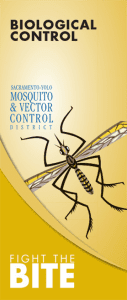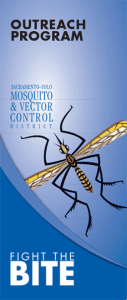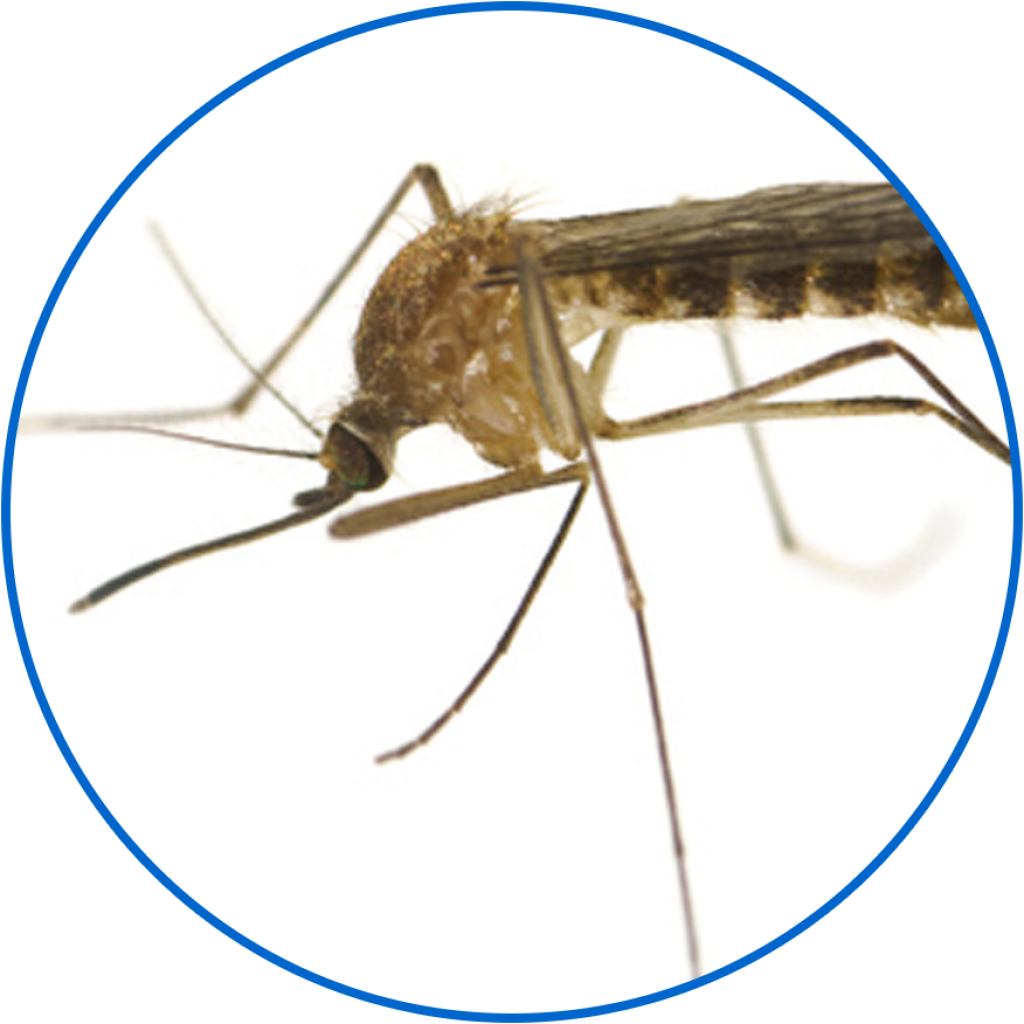OUR APPROACH
Mosquito and vector control is based on scientifically planned management tactics and control strategies that reduce the abundance of target pests in a timely manner. This method is commonly referred to as “integrated pest management” (IPM). This comprehensive program incorporates five basic methods: public information and education, mosquito and vector surveillance, biological control, physical control, and microbial and chemical control.

PUBLIC INFORMATION AND EDUCATION
Our communications and outreach program educates and informs the public about mosquito control and prevention methods through the use of advertising, media, participation in community events, a comprehensive school program and presentations to various organizations. Read More…
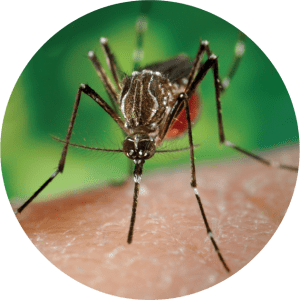
MOSQUITO AND VECTOR SURVEILLANCE
Our laboratory and surveillance program monitors mosquito and virus activity by testing mosquitoes, birds and sentinel chickens for the presence of a viral pathogens. This surveillance and testing information helps guide all control efforts. Read More…
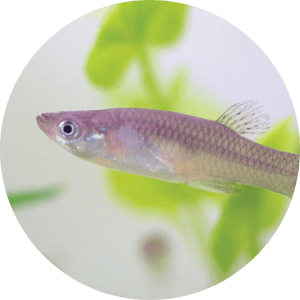
BIOLOGICAL CONTROL
Biological control is the use of living organisms to control a pest. This organism will attack the harmful pest, resulting in a reduction of its population levels. The primary biological control used against mosquitoes is the mosquitofish, Gambusia affinis. Read More…

PHYSICAL CONTROL AND SOURCE REDUCTION
Physical control or manipulating the environment to reduce mosquito breeding sites is a very effective method of mosquito control. A few examples of physical control include: promoting effective drainage, controlling vegetation, appropriate timing of irrigation and encouraging mosquito reduction best management practices in urban, agricultural and conservation areas. Read More…

MICROBIAL AND CHEMICAL CONTROL
Microbial and chemical control is the prudent use of chemical compounds (insecticides) that reduce mosquito populations. Chemical products are used when other control methods have are unable to maintain mosquito populations at a tolerable level or when it is necessary to rapidly terminate the transmission of diseases to humans and animals. Read More…
DID YOU KNOW?
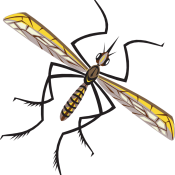
It may take several months for a larva to develop to the adult stage in cold water.


